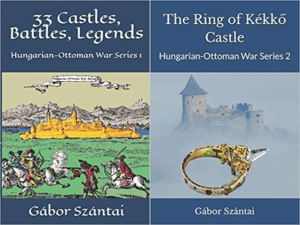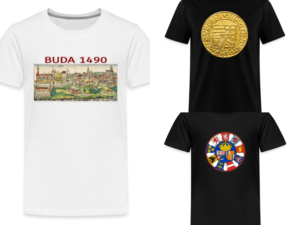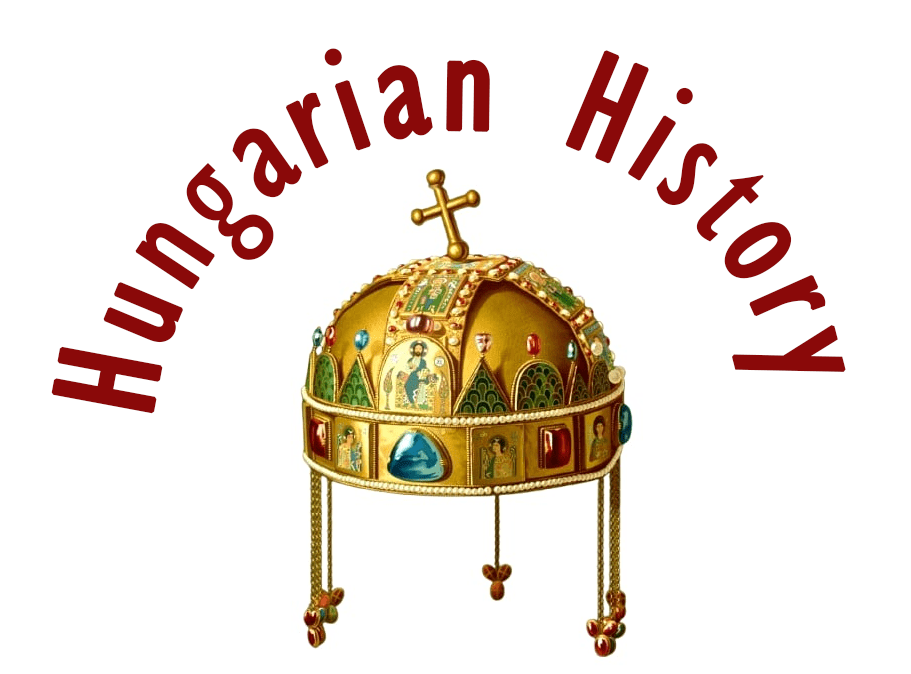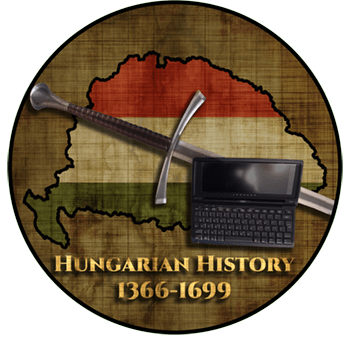On 6 June 1707, the famous incident occurred, during which two delegates of Turóc County, Rakovszky Menyhért and Okolicsányi Kristóf, were slaughtered at the Diet of Ónod. The Kuruc Assembly of the Kingdom of Hungary was held on the field of Körömi, near the market town of Ónod, at the height of the Rákóczi War of Independence.

In his invitation of January 1707, Prince Rákóczi II Ferenc announced the convening of the Diet in Rozsnyó, to which, according to ancient custom, and like the 1705 Diet of Szécsény, he invited not only the specified delegations of the counties but also all Hungarian nobles.

Due to the late spring and the floods, the Estates finally met only on 31 May, near the village of Köröm instead of Ónod, to find a solution to the most important issues of the Kuruc War of Independence, the Habsburg House, and the financing of the struggle. Later, Rákóczi was accused of politicising the diet not for his country but for his supporters, as the subsequent dethronement of the Habsburgs did not benefit the movement at all.

By the middle of the decade, Rákóczi was already striving to make the Kuruc War of Independence not an isolated uprising, but one of the theatres of war in the War of the Spanish Succession led by his ally, King Louis XIV of France. The prince hoped that if Louis recognised him as an ally, the peace that would end the European war would bring peace to Hungary, too.

The Diet of Ónod was thus intended to demonstrate the existence of an independent Hungarian state on which France could safely rely, and for this purpose, Rákóczi was willing to go to the very extreme of dethroning the Habsburgs. The situation was also favourable for peace, since the Dutch and British allies, who wanted to regroup the Habsburgs’ forces in the west, were also pressing for an agreement with the Kuruc, but Joseph I (r. 1705-1711) – and Minister Wrastislav took the initiative in vain towards Rákóczi.

It was in these circumstances that the dethroning Diet of Ónod in 1707 opened, with the first major issue being the financing of the war effort.
The Diet began with the traditional grievance politics of some of the Estates. The envoys of Turóc County had already expressed their dissatisfaction by writing a circular letter criticising Rákóczi’s policy because of the depreciation of copper money. The conflict escalated into violence on 6 June, when Okolicsányi and Rakovszky began to complain in the Assembly tent that the country was being oppressed by even heavier taxes than in the time of Emperor Leopold, and that they no longer had the right to complain against it.

The prince found himself in a difficult situation, as the criticism of the two envoys was met with silence by the assembled people, which could also mean that the Estates agreed with the envoys from Turóc County. Therefore, Rákóczi tried to convince them with an impassioned speech, in which he spoke of the sacrifices he had made and the sufferings he had endured.

The speech of the prince moved Bercsényi, Károlyi, and Rákóczi’s closest confidants so much that several of them drew their swords and slaughtered the two envoys from Turóc. Rakovszky was killed in the tent, and Okolicsányi was executed three days later, while the other delegates of the county were thrown into prison.

By crushing the resistance of the nobility, the Kuruc leadership managed to get the bills passed. The Diet soon declared the abolition of the symbols of the Turóc County (flag, seal), and the Kuruc leadership, taking advantage of the situation, pushed through its main demands, passed a tax, and on 13 June declared that “dog is lord of the dog, Emperor Joseph is not our king”, thus dethroning Joseph I.

Rákóczi put it this way: ‘And thus, by the power and authority of our old glorious freedom and our supreme legal right, which has come to us and descended to us according to both divine and human law – no one forcing us to it, nor opposing us in it, but out of our full good will and free will we declare an interregnum in our country, namely we declare and proclaim our country to be without a king’.

The dethronement of the House of Habsburg, which had been decided six months earlier at the Senate meeting in Rozsnyó, was enacted into law. The alliance between Hungary and Transylvania was confirmed. A tax of two million forints was imposed on the country, to which the nobility had to contribute. No more copper coins were issued, and some of those already in circulation were withdrawn, while others were overstamped and remained in use at a devalued rate.

The martial law was passed into law. They provided for the support of war invalids and widows, and widowers from the income of the Treasury estates. The chief general, Bercsényi Miklós, was elected governor of the prince. For the duration of the War of Independence, the royal high courts were replaced by a court of judges. The landlords of Gönc, a market town that had won the privilege of the Hajdú region, received state compensation.

To commemorate the meeting, Rákóczi had a commemorative coin minted by the Swedish-born Daniel Warou. The obverse shows a right-facing armoured bust of the prince, with the inscription FRANCISCUS II: D: G: S: R: I: PRIN= | CEPS. RACOCZI TRANSYL: On the reverse, under the inscription TENDIT PER ARDUA VIRTUS, Hercules is shown wrestling with the seven-headed hydra, with the two heads of the hydra already struck off.

The slaughter of the envoys at Ónod was one of the least glorious points of Rákóczi’s reign, which sharpened the internal contradictions of the Kuruc movement, and did not even bring the desired result. Louis XIV continued to regard Rákóczi as a rebel of lower rank, worth supporting only as long as he helped his cause. Rákóczi pursued a bad policy of crushing opposition with violence, which later hastened his downfall in times of military failure. The murder of the two envoys from Turóc inspired many painters in the 19th century, with both Than Mór and Orlay Petrich Soma.

Sources: Tarján M. Tamás (Rubikon), and Wikipedia
Dear Readers, I can only make this content available through small donations or by selling my books or T-shirts.
Please, support me with a coffee here: https://www.buymeacoffee.com/duhoxoxa
You can check out my books on Amazon or Draft2Digital. They are available in hardcover, paperback, or ebook:
https://www.amazon.com/dp/198020490X or at https://books2read.com/b/boYd81

My work can also be followed and supported on Patreon: Become a Patron!http://Become a Patron!
Become a Patron! Donations can be sent by PayPal, too: https://tinyurl.com/yknsvbk7


https://hungarianottomanwars.myspreadshop.com/all
Subscribe to my newsletter here: https://tinyurl.com/4jdjbfkn

